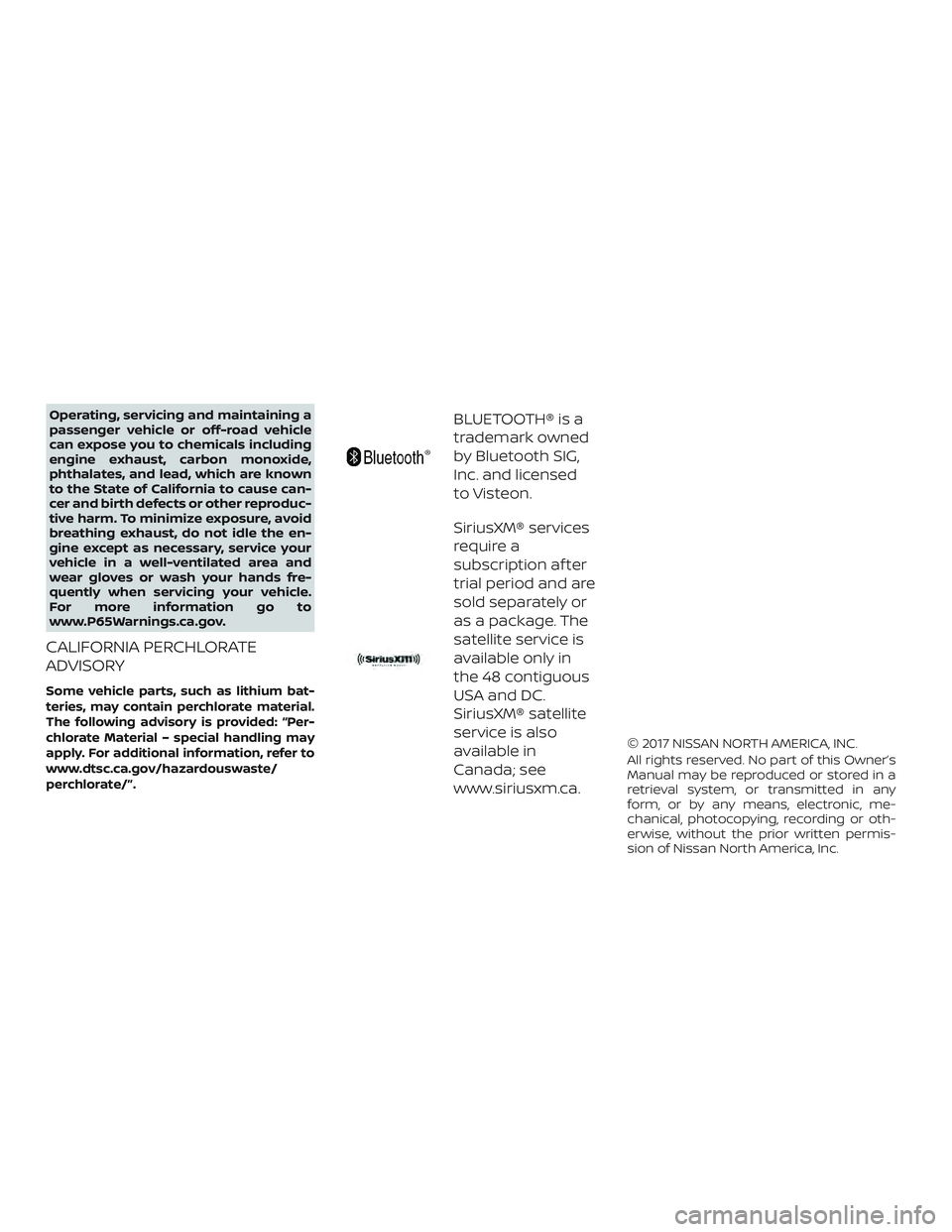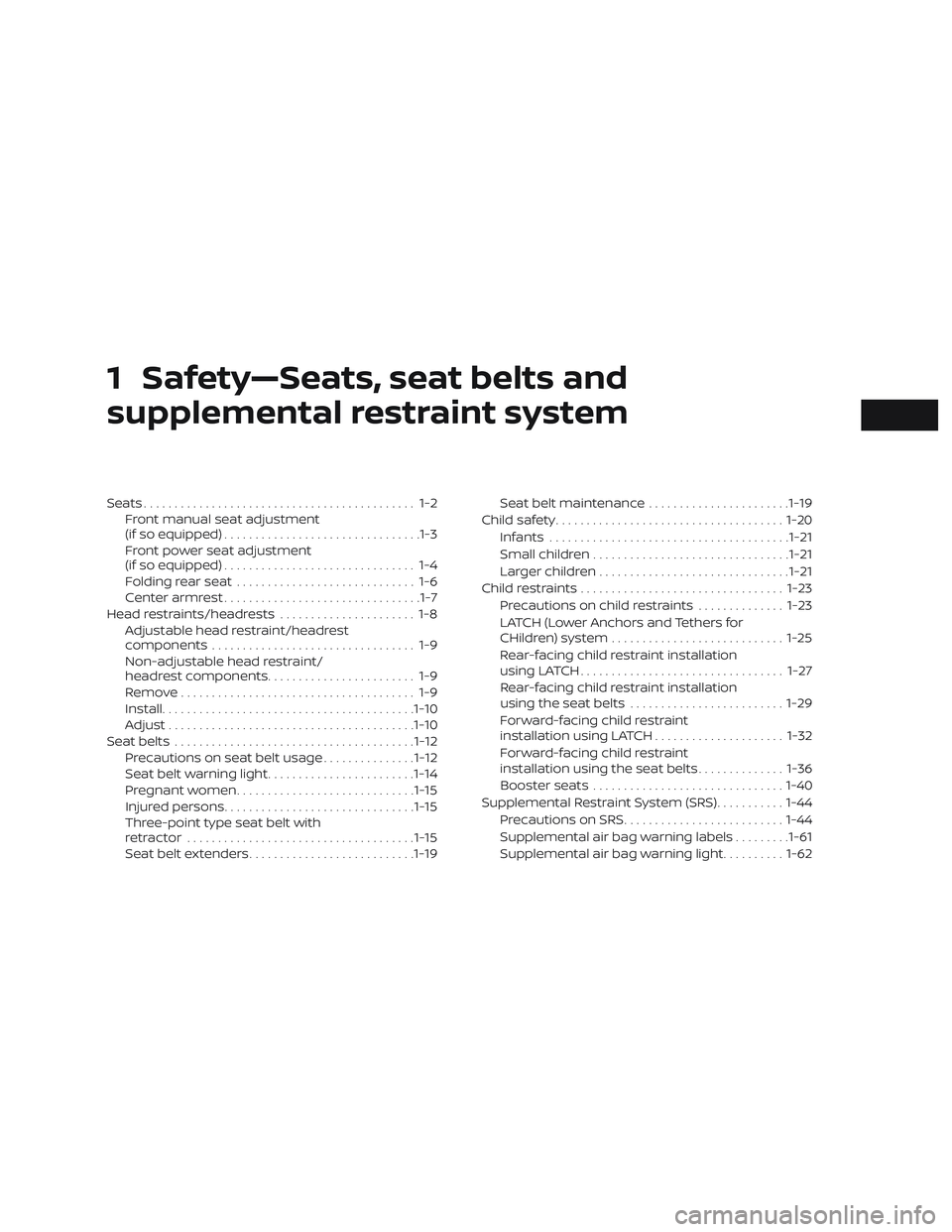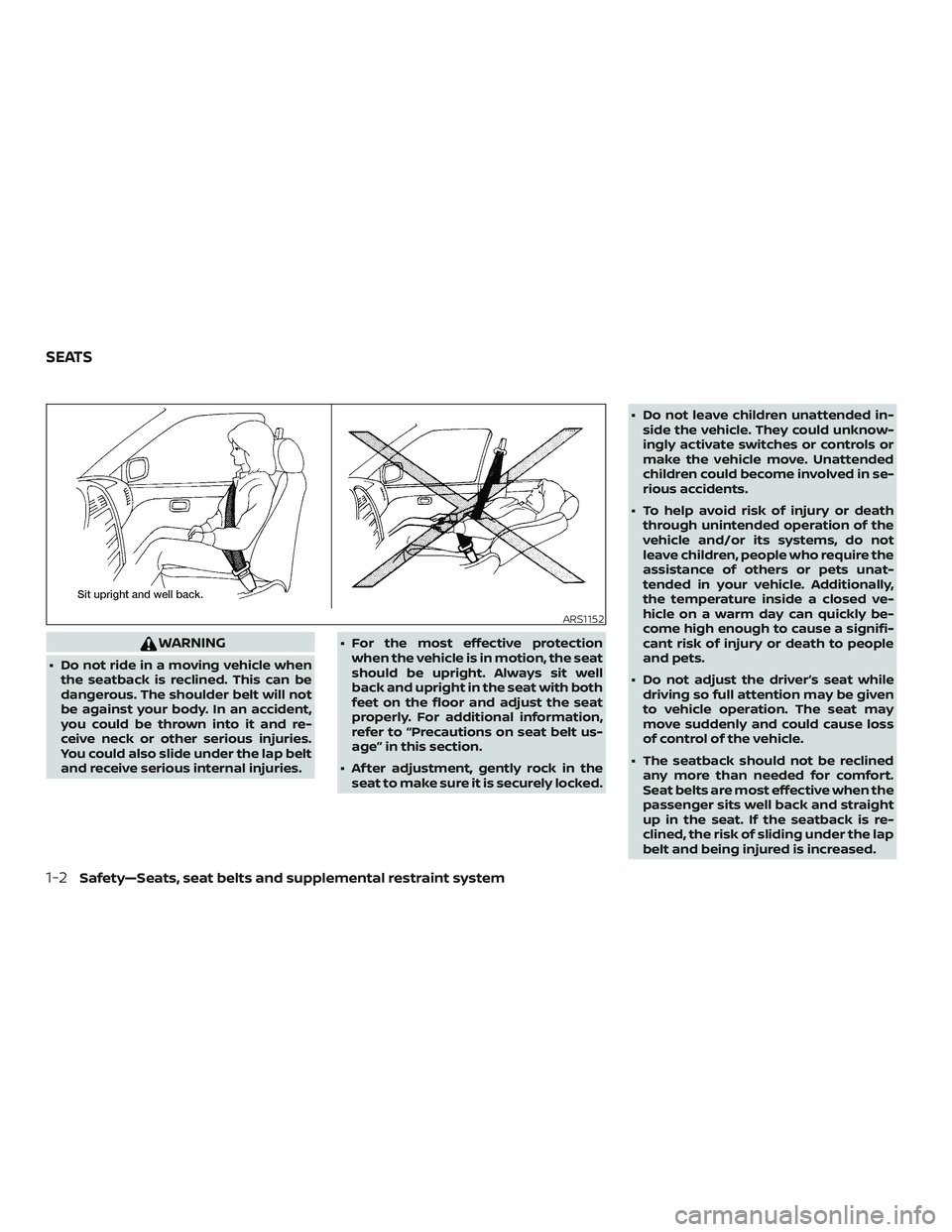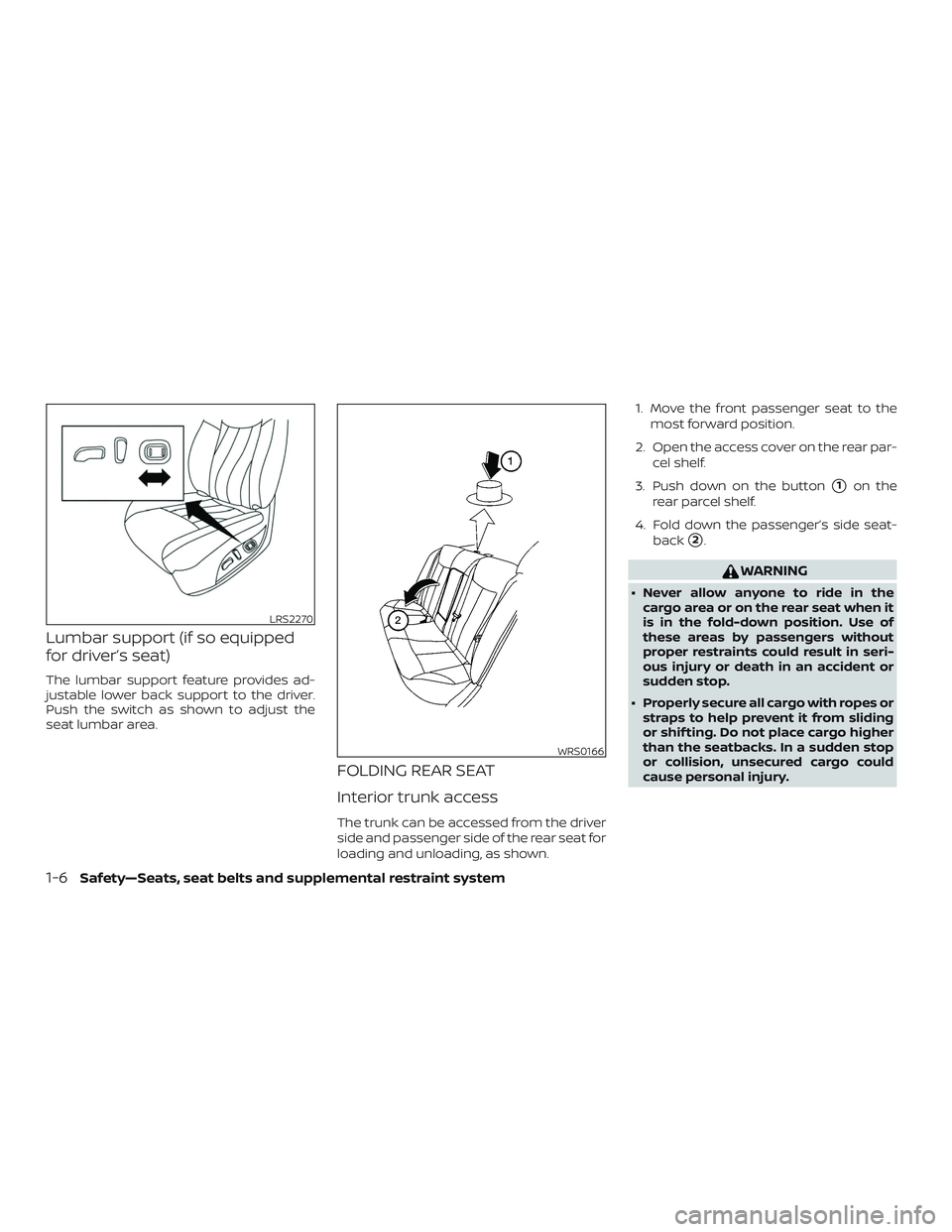Page 14 of 467

Operating, servicing and maintaining a
passenger vehicle or off-road vehicle
can expose you to chemicals including
engine exhaust, carbon monoxide,
phthalates, and lead, which are known
to the State of California to cause can-
cer and birth defects or other reproduc-
tive harm. To minimize exposure, avoid
breathing exhaust, do not idle the en-
gine except as necessary, service your
vehicle in a well-ventilated area and
wear gloves or wash your hands fre-
quently when servicing your vehicle.
For more information go to
www.P65Warnings.ca.gov.
CALIFORNIA PERCHLORATE
ADVISORY
Some vehicle parts, such as lithium bat-
teries, may contain perchlorate material.
The following advisory is provided: “Per-
chlorate Material – special handling may
apply. For additional information, refer to
www.dtsc.ca.gov/hazardouswaste/
perchlorate/”.
BLUETOOTH® is a
trademark owned
by Bluetooth SIG,
Inc. and licensed
to Visteon.
SiriusXM® services
require a
subscription af ter
trial period and are
sold separately or
as a package. The
satellite service is
available only in
the 48 contiguous
USA and DC.
SiriusXM® satellite
service is also
available in
Canada; see
www.siriusxm.ca.
© 2017 NISSAN NORTH AMERICA, INC.
All rights reserved. No part of this Owner’s
Manual may be reproduced or stored in a
retrieval system, or transmitted in any
form, or by any means, electronic, me-
chanical, photocopying, recording or oth-
erwise, without the prior written permis-
sion of Nissan North America, Inc.
Page 19 of 467
0 Illustrated table of contents
Air bags, seat belts and child restraints..........0-2
Exterior front ....................................0-3
Exterior rear .....................................0-4
Passenger compartment ........................0-5 Instrument panel
................................0-6
Engine compartment check locations ...........0-8
Warning and indicator lights ....................0-10
Page 24 of 467
1. Instrument brightness control(P. 2-35)
Trip computer reset switch (P. 2-3)
2. Vents (P. 4-11)
3. Headlight/fog light (if so
equipped)/turn signal switch
(P. 2-35)
4. Driver supplemental air bag
(P. 1-44)
Horn (P. 2-40)
5. Meters and gauges (P. 2-3) Warning and indicator lights
(P. 2-10)
Vehicle information display (P. 2-18)
6. Paddle shif ters (if so equipped)
(P. 5-14)
7. Wiper and washer switch (P. 2-34)
8. Hazard warning flasher switch
(P. 6-2)
9. Front passenger air bag status
light (P. 1-44)
10. Navigation system*
(if so equipped)
11. Front passenger supplemental air
bag (P. 1-44)
12. Glove box (P. 2-45)
13. Power outlet (P. 2-43)
14. Heater and air conditioner (P. 4-13)
LIC3763
INSTRUMENT PANEL
0-6Illustrated table of contents
Page 28 of 467
Warninglight Name Page
or
Anti-lock Braking
System (ABS)
warning light 2-11
Automatic Emer-
gency Braking
(AEB) system
warning light2-11
or
Brake warning
light
2-11
Charge warning
light2-12
Low tire pressure
warning light2-12
Master warning
light2-14
Warning
light Name Page
Power steering
warning light 2-14
Seat belt warning
light and chime 2-15
Supplemental air
bag warning light2-15
Indicator
light Name Page
Front fog light in-
dicator light (if so
equipped) 2-15
Front passenger
air bag status
light2-15
High beam indi-
cator light (blue)
2-16
Malfunction Indi-
cator Light (MIL)2-16
Indicator
light Name Page
Overdrive OFF
indicator light (if
so equipped) 2-17
Security indicator
light
2-17
Side light and
headlight indica-
tor light (green)2-17
Slip indicator light 2-17
Turn signal/
hazard indicator
lights2-17
Vehicle Dynamic
Control (VDC) OFF
indicator light2-17
WARNING AND INDICATOR LIGHTS
0-10Illustrated table of contents
Page 29 of 467

1 Safety—Seats, seat belts and
supplemental restraint system
Seats............................................ 1-2Front manual seat adjustment
(if so equipped) ................................1-3
Front power seat adjustment
(if so equipped) ............................... 1-4
Folding rear seat ............................. 1-6
Center armrest ................................1-7
Head restraints/headrests ...................... 1-8
Adjustable head restraint/headrest
components ................................. 1-9
Non-adjustable head restraint/
headrest components ........................ 1-9
Remove...................................... 1-9
Install ......................................... 1-10
Adjust ........................................ 1-10
Seatbelts ....................................... 1-12
Precautions on seat belt usage ...............1-12
Seat belt warning light ........................ 1-14
Pregnant women ............................. 1-15
Injured persons ............................... 1-15
Three-point type seat belt with
retractor ..................................... 1-15
Seat belt extenders ........................... 1-19Seat belt maintenance
.......................1-19
Child safety ..................................... 1-20
Infants ....................................... 1-21
Small children ................................ 1-21
Larger children ............................... 1-21
Child restraints ................................. 1-23
Precautions on child restraints ..............1-23
LATCH (Lower Anchors and Tethers for
CHildren) system ............................ 1-25
Rear-facing child restraint installation
using LATCH ................................. 1-27
Rear-facing child restraint installation
using the seat belts ......................... 1-29
Forward-facing child restraint
installation using LATCH .....................1-32
Forward-facing child restraint
installation using the seat belts ..............1-36
Booster seats ............................... 1-40
Supplemental Restraint System (SRS) ...........1-44
Precautions on SRS .......................... 1-44
Supplemental air bag warning labels .........1-61
Supplemental air bag warning light ..........1-62
Page 30 of 467

WARNING
∙ Do not ride in a moving vehicle whenthe seatback is reclined. This can be
dangerous. The shoulder belt will not
be against your body. In an accident,
you could be thrown into it and re-
ceive neck or other serious injuries.
You could also slide under the lap belt
and receive serious internal injuries. ∙ For the most effective protection
when the vehicle is in motion, the seat
should be upright. Always sit well
back and upright in the seat with both
feet on the floor and adjust the seat
properly. For additional information,
refer to “Precautions on seat belt us-
age” in this section.
∙ Af ter adjustment, gently rock in the seat to make sure it is securely locked. ∙ Do not leave children unattended in-
side the vehicle. They could unknow-
ingly activate switches or controls or
make the vehicle move. Unattended
children could become involved in se-
rious accidents.
∙ To help avoid risk of injury or death through unintended operation of the
vehicle and/or its systems, do not
leave children, people who require the
assistance of others or pets unat-
tended in your vehicle. Additionally,
the temperature inside a closed ve-
hicle on a warm day can quickly be-
come high enough to cause a signifi-
cant risk of injury or death to people
and pets.
∙ Do not adjust the driver’s seat while driving so full attention may be given
to vehicle operation. The seat may
move suddenly and could cause loss
of control of the vehicle.
∙ The seatback should not be reclined any more than needed for comfort.
Seat belts are most effective when the
passenger sits well back and straight
up in the seat. If the seatback is re-
clined, the risk of sliding under the lap
belt and being injured is increased.
ARS1152
SEATS
1-2Safety—Seats, seat belts and supplemental restraint system
Page 32 of 467
Seat lif ter (driver’s seat)
Pull up or push down the adjusting lever to
adjust the seat height until the desired po-
sition is achieved.
FRONT POWER SEAT ADJUSTMENT
(if so equipped)
Operating tips
WARNING
Before driving the vehicle, return the
seatback to an upright seating position
af ter manually releasing it. Also, make
sure the seat is locked in place. Failure
to do so may cause the seat to move in a
collision or sudden stop. This may result
in damage to the seat or personal
injury.∙ The power seat motor has an auto-
reset overload protection circuit. If the
motor stops during operation, wait
30 seconds then reactivate the switch.
∙ Do not operate the power seat switch for a long period of time when the en-
gine is off. This will discharge the bat-
tery.
Forward and backward
Moving the switch as shown will slide the
seat forward or backward to the desired
position.
LRS2573LRS2662
1-4Safety—Seats, seat belts and supplemental restraint system
Page 34 of 467

Lumbar support (if so equipped
for driver’s seat)
The lumbar support feature provides ad-
justable lower back support to the driver.
Push the switch as shown to adjust the
seat lumbar area.
FOLDING REAR SEAT
Interior trunk access
The trunk can be accessed from the driver
side and passenger side of the rear seat for
loading and unloading, as shown.1. Move the front passenger seat to the
most forward position.
2. Open the access cover on the rear par- cel shelf.
3. Push down on the button
�1on the
rear parcel shelf.
4. Fold down the passenger’s side seat- back
�2.
WARNING
∙ Never allow anyone to ride in thecargo area or on the rear seat when it
is in the fold-down position. Use of
these areas by passengers without
proper restraints could result in seri-
ous injury or death in an accident or
sudden stop.
∙ Properly secure all cargo with ropes or straps to help prevent it from sliding
or shif ting. Do not place cargo higher
than the seatbacks. In a sudden stop
or collision, unsecured cargo could
cause personal injury.
LRS2270
WRS0166
1-6Safety—Seats, seat belts and supplemental restraint system